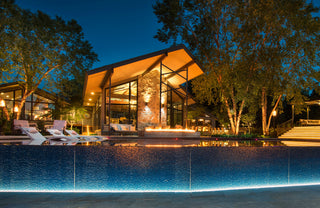
The Unique Nature of Glass


Glass is truly a one-of-a-kind material. Unlike most solids, which have a rigid, repeating structure (defined as “crystalline”), glass is an amorphous solid—meaning that its molecules are arranged randomly and without defined patterns. But even with this internal disorganization, the silicon and oxygen atoms in glass form a sturdy 3-dimensional network of bonds, making it resilient and capable of remaining strong in many varied environments.
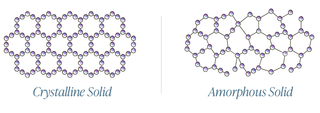
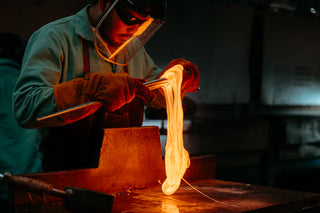

Interestingly, our ability to shape and form glass stems directly from its loose,“amorphous” structure. A crystalline solid will have a specific temperature at which it becomes liquid. Glass, on the other hand, has a temperature RANGE instead, gradually softening until it reaches its melting point. This slow transition is what allows us to shape, and mold glass using forming techniques that have been refined over thousands of years.
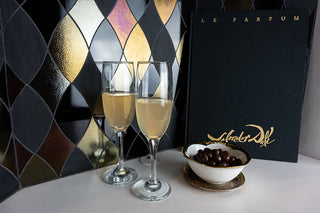

Another remarkable characteristic of glass is that it’s a chameleon material that takes on many forms and appearances. From crystal-clear transparent to midnight-black opaque, glass presents in an extraordinary range of color, texture, and finish. This amazing versatility allows glass to be used in diverse applications ranging from delicate stained-glass artwork to high-strength architectural panels that provide insulation, protection, and aesthetic appeal.
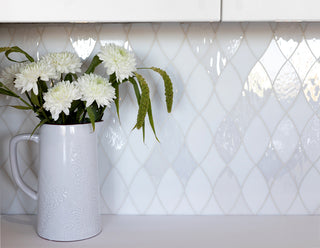

Glass is also well known for being non-porous and chemically stable. (There are very few substances that cannot be safely stored in a glass container!) This quality also makes glass a great material to use in your home. The non-porous surface of glass prevents the absorption of liquids and oils, making it highly resistant to stains. Glass is also naturally hypoallergenic, meaning it does not harbor allergens such as dust mites, mold, or bacteria. Incorporating glass into household items not only enhances aesthetic appeal but also promotes a cleaner, safer, and more sustainable living space.
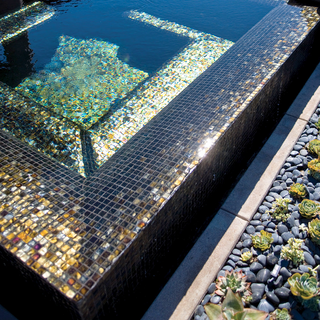

Possibly the most defining characteristic of glass, however, is how it interacts with light; a magic that has captivated humans for millennia. Light passing through transparent glass is a classic example, but glass can reflect, absorb, refract, disperse and scatter light in fascinating ways as well. The ability of glass to manipulate light has made it indispensable in fields such as architecture, optics, art — and of course, home decor.



